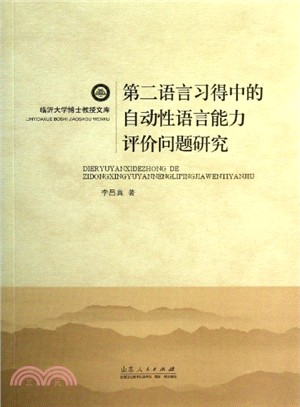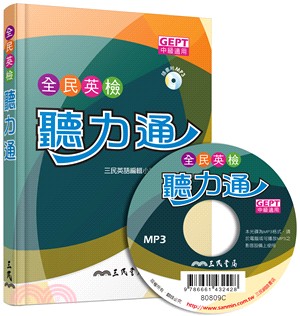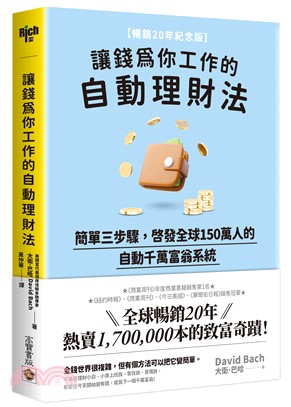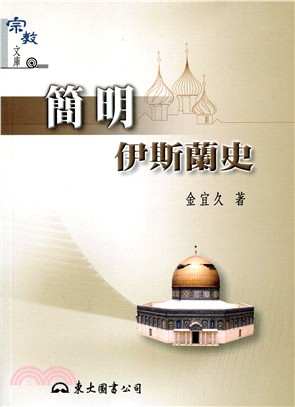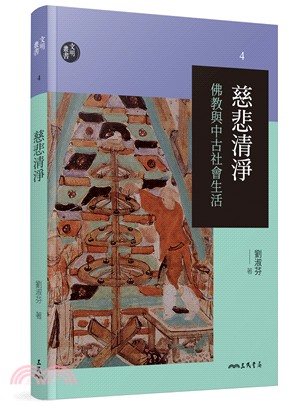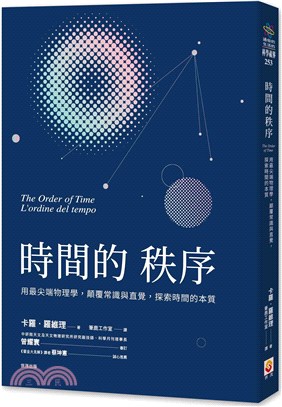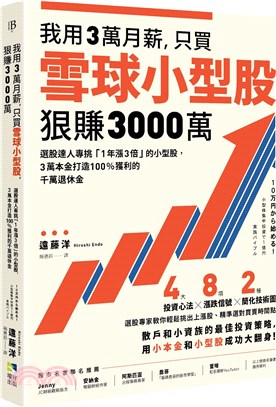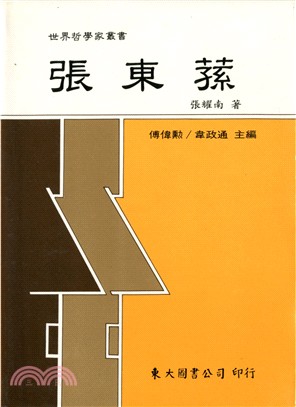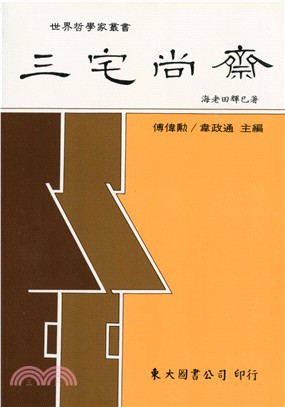相關商品
商品簡介
名人/編輯推薦
目次
書摘/試閱
商品簡介
《第二語言習得中的自動性語言能力評價問題研究》旨在闡明如何運用心理語言學的研究方法和范式來測量評價二語能力的自動性問題。在早期主要集中在對二語習得者語言使用過程中的錯誤分析,到二十世紀八十年代開始應用普遍語法的語法判斷法。
名人/編輯推薦
《第二語言習得中的自動性語言能力評價問題研究》由山東人民出版社出版。
目次
Prelhce/01
Chapter 1 Automaticity and S econd Language Acquisition/03
1.1 Introduction/01
1.2 Why Study Automaticity?/01
1.3 Definitions of Automaticity/06
1.4 Theories of Automaticity/13
1.5 The Acquisition Models and Promotion of Automaticity/18
1.6 Automaticity in SLA/23
Chapter Summary/30
Chapter 2 Assessing Automaticity in Second Language Acquisition/32
2.1 Introduction/32
2.2 A Three―Dimensional Model in L2 Competen ce/34
2.3 Automaticity:An Easy Neglected Dimension in Assessing L2
Competence/37
2.4 Methods for Assessing Automaticity in L2 Competence/43
2.5 Assessing the DeVeIopment of Automatidt L2 Word Recognition/73
2.6 Pedagogical Implications from Automaticity/80
Chapter Summary/81
Chapter 3 Fluency in Cognitive Processing/83
3.1 Introduction/83
3.2 Definitions of Fluen cy/84
3.3 Fluency Heuristics/93
3.4 Measures of L2 Fluency/101
3.5 Fluency as a Synonym of Oral Proficiency/109
3.6 Transfer Appropriate Processing/115
3.7 Processing Flexibility/121
Chapter Summar/129
Chapter 4 Measuring Second Language Oral Fluency/131
4.1 Introduction/131
4.2 Fluency and Automaticity/132
4.3 Categories of Fluency/135
4.4 The Tasks for Measuring Oral Fluency/140
4.5 Judging Oral Fluency on Different Tasks/144
4.6 Potential Markers of L2 Oral Fluency/149
Chapter Summarv/168
Chapter 5 Second Language Cognitive Automaticity/169
5.1 IntroductiOn/169
5.2 A Cognitive Science Perspective on Processing Automaticity/170
5.3 Automaticity and L2 Processing Efficiency/186
5.4 Automaticity Defined as Ballistic Processing/193
5.5 Automaticity as Processing Stability/199
5.6 Attention―Based Aspects of L2 Cognitive Automaticity/205
Chapter Summar、,/220
Chapter 6 Neurocognitive and Neuroimaging Studies ofAutomaticity/222
6.1 Introduction/222
6.2 Neuroscientific Issues in L2 Automaticity/222
6.3 Neural Correlates of Automaticity/226
6.4 Neural Correlates Studies in L2 Processing/232
6.5 Neural Correlates of Attention Control in Language Selection/239
6.6 Cognitive Formal Modeling/246
6.7 Philosophical Approaches/264
Chapter Summar、,/273
Chapter 7 Automaticity and Cognitive S cience/275
7.1 Introduction/275
7.2 A Cognitive Science Approach to Automaticity/276
7.3 The Nature of L2 Automaticity from Cognitive Science Perspective/278
7.4 Memory―Based Theories of Automaticity/285
7.5 Dynamic Systems Theory Approach/291
7.6 Instructed Implications of Automaticity/299
Chapter Summarv/303
ReferenrPs/305
書摘/試閱
speech rate, phonation time ratio, the mean length of runs and of pauses as well as pace (the number of stressed words per minute). Advanced students spoke faster silent pauses took up a smaller proportion of their speaking time. They produced longel stretches of discourse between pauses, used shorter pauses and uttered more stressed words within a minute than low-intermediate students. Fluent speakers produced more accurate and lexically more diverse output than their less fluent counterparts.
The findings of their study indicate that there is a cluster of variables that are very good indicators of fluency score both for native and non-native speaker judges: speech rate, the mean length of runs, phonation-time ratio and pace. The results concerning speech rate, the mean length of runs and phonation-time ratio are not new, since other researchers (e.g. Ejzenberg, 2000; Freed, 1995, 2000; Lennon, 1990; Riggenbach,1991; Towell et al., 1996, Van Gelderen, 1994) have also claimed for the use of this measure. The finding that pace, which is a temporal variable that also considers one specific feature of intonation, namely stress, is an equally reliable predictor of fluency judgements, is novel because Vanderplank (1993) only investigated the role of pace in assessments of listening difficulty. The results are salient because one can rarely see such high correlation in researches in applied linguistics, especially if the number of subjects is relatively low. And they argue that how many stressed words one can say in a minute is a slightly better indicator of fluency than how many syllables one utters a minute.
In other words if a speakers utterances full of unstressed words at a high speed,the speaker is not necessarily perceived to be very fluent to a large extent. Their finding suggests that if one wants to make an informed judgement of someones fluency either in a language test or in an empirical study, the measure of pace could also be used.
主題書展
更多
主題書展
更多書展本週66折
您曾經瀏覽過的商品
購物須知
大陸出版品因裝訂品質及貨運條件與台灣出版品落差甚大,除封面破損、內頁脫落等較嚴重的狀態,其餘商品將正常出貨。
特別提醒:部分書籍附贈之內容(如音頻mp3或影片dvd等)已無實體光碟提供,需以QR CODE 連結至當地網站註冊“並通過驗證程序”,方可下載使用。
無現貨庫存之簡體書,將向海外調貨:
海外有庫存之書籍,等候約45個工作天;
海外無庫存之書籍,平均作業時間約60個工作天,然不保證確定可調到貨,尚請見諒。
為了保護您的權益,「三民網路書店」提供會員七日商品鑑賞期(收到商品為起始日)。
若要辦理退貨,請在商品鑑賞期內寄回,且商品必須是全新狀態與完整包裝(商品、附件、發票、隨貨贈品等)否則恕不接受退貨。
優惠價:87
209
海外經銷商無庫存,到貨日平均30天至45天




